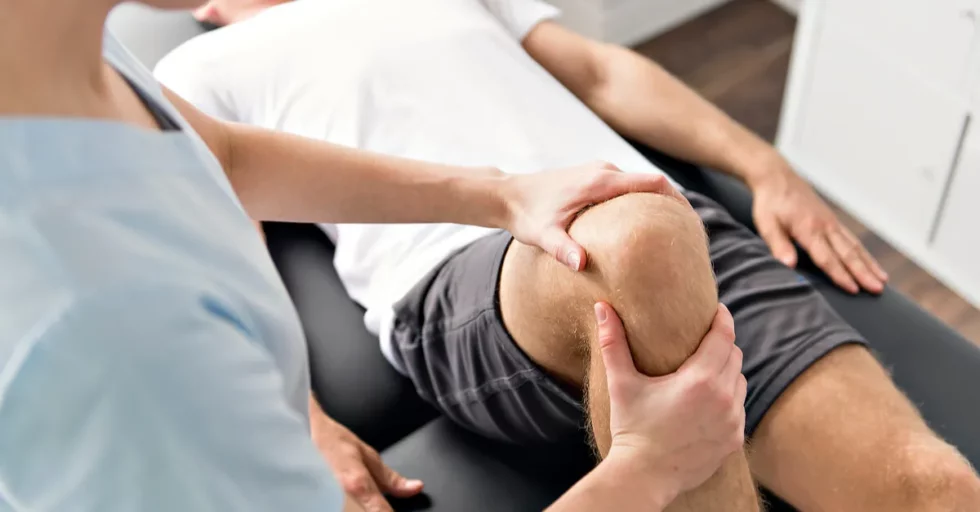Orthopedic conditions involve the musculoskeletal system, which includes your bones, joints, ligaments, tendons, and muscles. These conditions can range from acute injuries to chronic diseases, often affecting mobility and overall quality of life. Understanding the nature of these issues is the first step toward managing them effectively and maintaining an active lifestyle. Addressing symptoms early can lead to better outcomes and help prevent further complications.
Recognize Common Orthopedic Issues
A variety of conditions can affect the musculoskeletal system. Each has distinct causes and symptoms. Arthritis is a leading cause of disability. It involves inflammation of one or more joints, causing pain and stiffness. Fractures are breaks in the bone. These typically result from trauma and cause sudden, severe pain and loss of function in the affected area. Another frequent issue is tendonitis. This is the inflammation or irritation of a tendon, often caused by overuse, leading to tenderness and mild swelling.
Other notable orthopedic problems include:
- Osteoporosis: A condition where bones become weak and brittle, making them more susceptible to fractures.
- Carpal Tunnel Syndrome: This occurs when the median nerve is compressed as it passes into the hand, causing numbness, tingling, and weakness in the hand and arm.
Explore Effective Treatment Options
The approach to treating orthopedic conditions is tailored to the specific diagnosis, its severity, and the individual’s overall health. Non-surgical options are often the first line of defense. Physical therapy plays a role, using targeted exercises to restore strength, flexibility, and function while alleviating pain. Medications, including anti-inflammatory drugs, may be recommended to manage symptoms like pain and swelling.
In cases where conservative treatments do not provide sufficient relief or for more severe injuries, surgical intervention may be required. Procedures can range from minimally invasive arthroscopy to repair joint damage to more complex operations, such as joint replacement surgery. The goal of any treatment plan is to alleviate pain, enhance function, and facilitate individuals’ return to their daily activities.
Support Recovery and Mobility
Recovery is a necessary phase of orthopedic care that extends beyond the initial treatment. Rehabilitation programs, guided by physical and occupational therapists, play a key role in rebuilding strength and regaining mobility safely. These programs are tailored to help individuals achieve their specific recovery goals, whether it’s walking without pain or returning to a sport.
Lifestyle adjustments and the use of assistive devices can also provide significant support during the recovery process. Items such as braces, crutches, or walkers can offer stability and reduce stress on the affected area, facilitating healing. Modifying activities and incorporating ergonomic principles at home and in the workplace can further aid recovery and help prevent future injuries.
Take Control of Orthopedic Health
Addressing orthopedic health is essential for maintaining an independent and active life. From chronic conditions like arthritis to acute injuries such as fractures, a wide range of effective treatments is available to manage symptoms and support recovery. By recognizing the signs of common issues and understanding the available therapeutic pathways, individuals can take a proactive role in their musculoskeletal well-being. If you are experiencing pain or limited mobility, seeking a professional evaluation is a step toward a solution.

